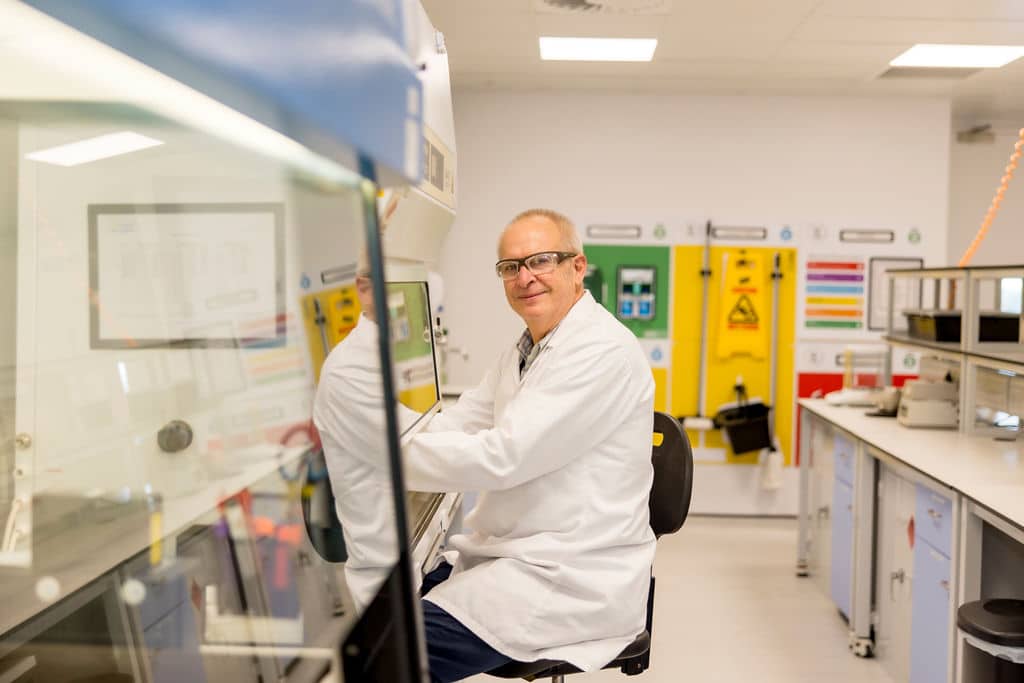Sexually Transmitted Infections (STIs) continue to be a significant global health concern, affecting millions of people each year, irrespective of geographical location or economic status. While the spotlight often falls on diseases like HIV and syphilis due to their severe consequences and historical significance, other STIs such as chlamydia, gonorrhoea, and human papillomavirus (HPV) also pose substantial threats to public health worldwide.
STI Trends and Insights
While syphilis and HIV have historically been central to STI discussions, it’s crucial to address the wide spectrum of STIs affecting populations globally. Diseases like chlamydia, often asymptomatic, can lead to infertility if untreated. HPV, the most common STI, is a leading cause of cervical cancer, underscoring the importance of vaccination and regular screenings.
- Chlamydia: A common STI caused by infection with the bacterium Chlamydia trachomatis. The WHO estimated that in 2020 there were 5 million new infections worldwide among adults aged 15 to 49 years.
- Syphilis: Despite being one of the oldest known STIs, syphilis cases have surged, particularly in high-income countries, with an increase in Europe of 70% from 2010 to 2017 and cases are still rising with an increase of 34% between 2021 to 2022.
- Human Papillomavirus (HPV): The WHO estimates that nearly all sexually active individuals will get at least one type of HPV at some point in their lives. Whilst in 90% of people the body controls the infection by itself, persistent HPV infection with high-risk HPV types is a leading cause of cervical cancer.
- Trichomoniasis: The most common non-viral STI. Caused by the protozoan Trichomonas vaginalis which specifically targets the urogenital tract. There were an estimated 156 million new cases of vaginalis infection among people aged 15–49 years old globally in 2020 with approximately one third of infections in the WHO African Region.
Gonorrhoea- An Urgent Threat
Caused by the bacteria Neisseria gonorrhoeae, cases of Gonorrhoea have increased significantly. In the UK whilst there was an increase of 13% in the number of sexual health screens between 2021 and 2022, there was a larger increase in diagnoses of gonorrhoea (50%), which may either reflect more targeted testing of people more likely to have an STI, or an increase in STI transmission in the community. A recent publication from the European Centre for Disease Prevention and Control (ECDC) confirms the worrying trend across Europe with the number of reported cases of gonorrhoea rising by 48% compared to the previous year.
Alongside the increasing incidence is the concern over antibiotic-resistant gonorrhoea which has emerged as a significant public health challenge, with the US CDC identifying it as an “urgent threat” and estimating that there are 550,000 drug-resistant infections per year.
The Interconnectedness of STIs and Other Health Risks
The relationship between different STIs can exacerbate health outcomes. For example, genital ulcers from syphilis can increase the risk of acquiring HIV, a phenomenon seen with other ulcerative STIs as well. Two types of HPV (HPV 16 and HPV 18) are responsible for approximately 70% of cervical cancer cases. Moreover, co-infections can complicate treatment and disease management, highlighting the need for comprehensive testing and prevention strategies.
The Importance of Comprehensive STI Testing and Prevention
With more than 1 million sexually transmitted infections acquired every day worldwide, the majority of which are asymptomatic, testing is vital to reduce the transmission. Beyond the successful models of HIV and syphilis testing in pregnant women, there’s a pressing need to enhance screening and prevention for other STIs. Approaches include:
- Expanded Testing: Point-of-care (POC) tests and integrated screening programs to include a broader range of STIs, making it easier to identify and treat diseases early. Increased screening for chlamydia and gonorrhoea has been shown to reduce incidence rates, particularly in high-risk populations.
- Vaccination: Promoting vaccines, especially against HPV, can significantly reduce the incidence of cervical cancer and other HPV-related diseases. The WHO recommends HPV vaccination for girls aged 9-14 to prevent cervical cancer, with studies showing vaccine efficacy of nearly 100% for certain HPV types.
- Education and Awareness: Increasing awareness about the importance of safe sex practices and regular testing can help reduce the transmission of STIs.
- Integrated Health Services: Combining STI screening with other health services can improve access to testing and treatment, especially in LMICs where healthcare resources are limited.
Conclusion: A Call for Global Action Against STIs
The data underscores the critical need for a global response to the STI epidemic that encompasses not only HIV and syphilis but also other prevalent infections like chlamydia, gonorrhoea, and HPV. By investing in comprehensive strategies that include education, vaccination, and accessible testing, the global community can make significant strides in reducing the burden of STIs and safeguarding public health.
STI Biospecimens from Logical Biological
Logical Biological can provide a wide variety of serum, plasma and swabs for the research and development of STI tests and manufacture of control material. All specimens can be provided according to your custom specifications and are supplied with patient demographic information. A variety of testing methods can be utilised to confirm positivity for the disease marker requested and provide titre values.
Popular products available include:
| Marker | Matrix |
| HIV | Plasma, Serum |
| HIV O (Human Immunodeficiency Virus Subtype O) | Plasma, Serum |
| Syphilis | Plasma, Serum, Swab, PBMC, Urine |
| Syphilis IgM | Plasma, Serum |
| Gonorrhoea IgM | Plasma |
| Neisseria gonorrhoeae | Swab, Urine, Plasma |
| Chlamydia trachomatis | Swabs, Urine |
| Chlamydia trachomatis IgA/ IgG/ IgM | Plasma, Serum |
| Trichomonas vaginalis | Swab, Urine |
| Trichomonas vaginalis IgM | Plasma |
| HPV (Human Papillomavirus) | Swab |
| HPV (Human Papillomavirus) IgG | Plasma |
A full range of infectious disease products available can be found in our product table
Want to hear more from Logical Biological?
Sign up to our newsletter to for the latest updates.
Subscribe Now





)